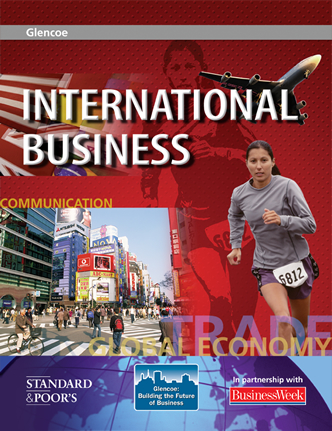
International BusinessChapter 5: Governmental and Legal InfluencesWorld Market Passport
The Environment Switzerland is a landlocked Alpine country located in central Europe. Surrounded by Germany to the north, France to the west, Italy to the south, and Austria and Liechtenstein to the east, this relatively small country is comprised of three topographical areas: the Swiss Alps, the Swiss Plateau, and the Jura mountains. Its numerous high peaks include Dufour Peak, which at 15,203 ft. above sea level is the highest in the country. Glacier runoff and snowmelt run into several major European rivers such as the Rhone and the Rhine. From its snowy peaks to lush valleys, Switzerland boasts a beautiful landscape. Its cities are clean, combining historic and modern architecture. Switzerland offers a temperate climate, with often harsh conditions at higher elevations, and milder temperatures on the southern tip. History Switzerland's history of confederacy goes back more than 700 years, when representatives of three forest cantons signed a Federal Charter. This would make it among the oldest surviving republics. A series of territorial conflicts in the 14th and 15th centuries found the Swiss victorious as cities such as Zurich, its capital, Lucerne, and Berne were developed. In 1798, the armies of the French Revolution conquered Switzerland, followed by invasions by Austria and Russia. In Paris in 1803, Napoleon Bonaparte organized the restoration of Swiss autonomy and by 1815, the country had fully restored its independence. Often perceived as isolationist, Switzerland proclaimed neutrality in both World Wars, became a full member of the United Nations in 2002, and more recently, signed agreements with the European Union. Culture and People Due to its location, Switzerland has been influenced by several European cultures. There are four official languages—German, French, Italian, and Romansh. The Roman Catholic Church is its most popular religion, though Protestant denominations make up about 38 percent of the population. Neutrality and low taxes have attracted creative people from around the world, while a number of culturally active Swiss people move abroad due to limited opportunities within the country. Click to hear the music of Switzerland.
|  |
















